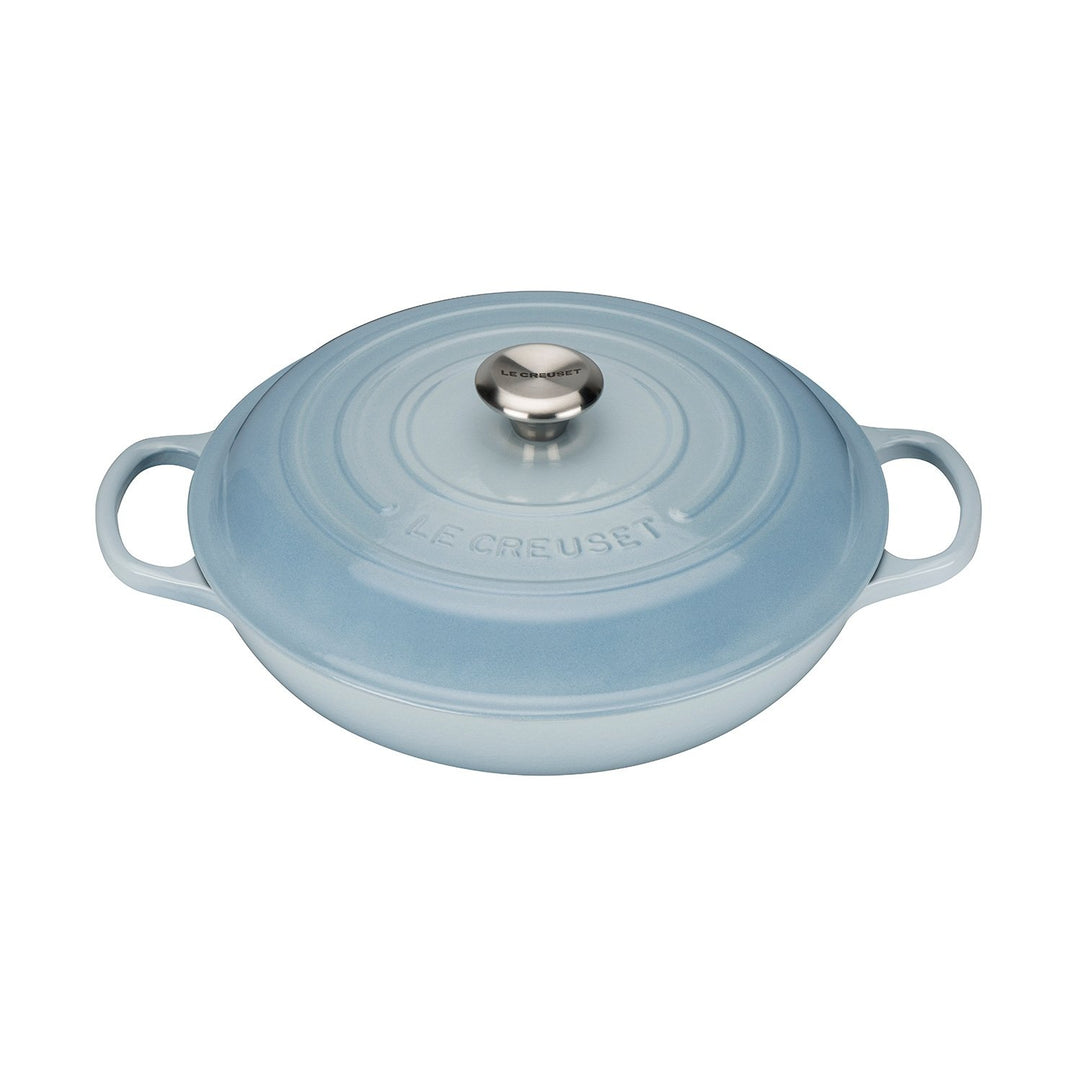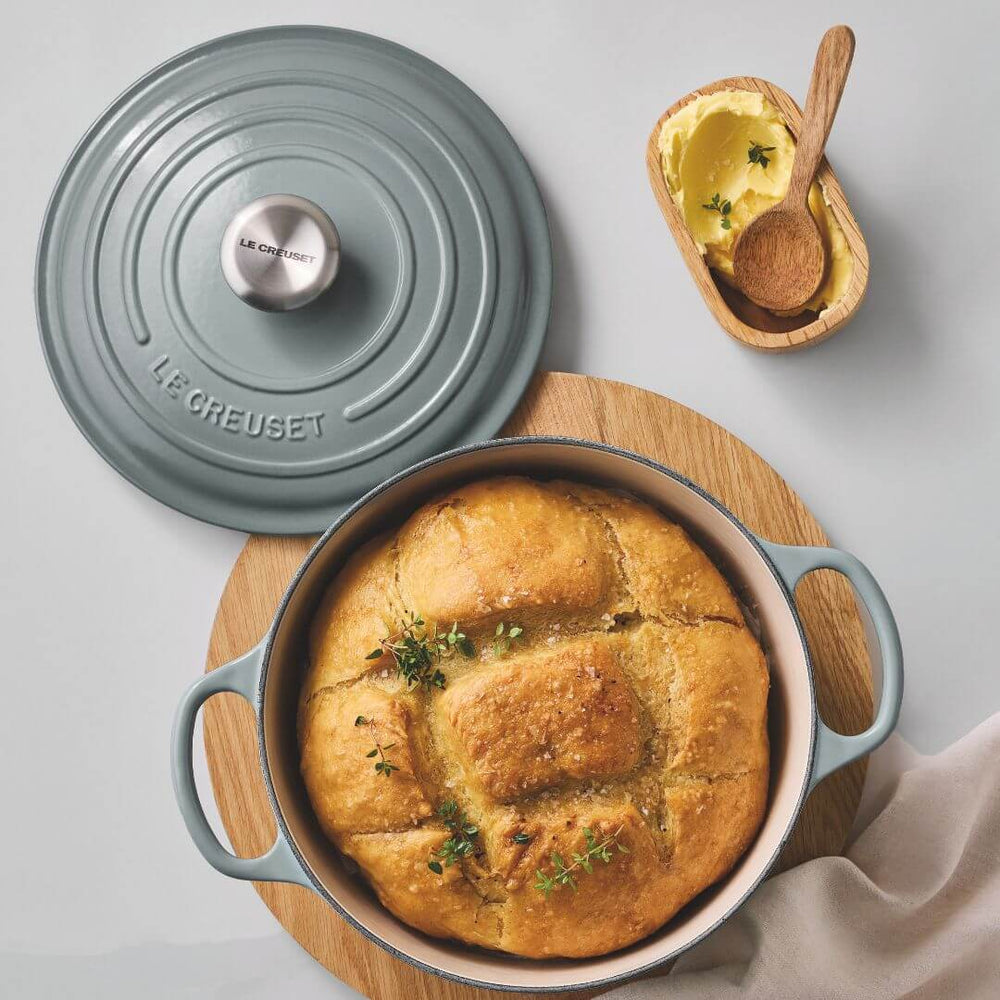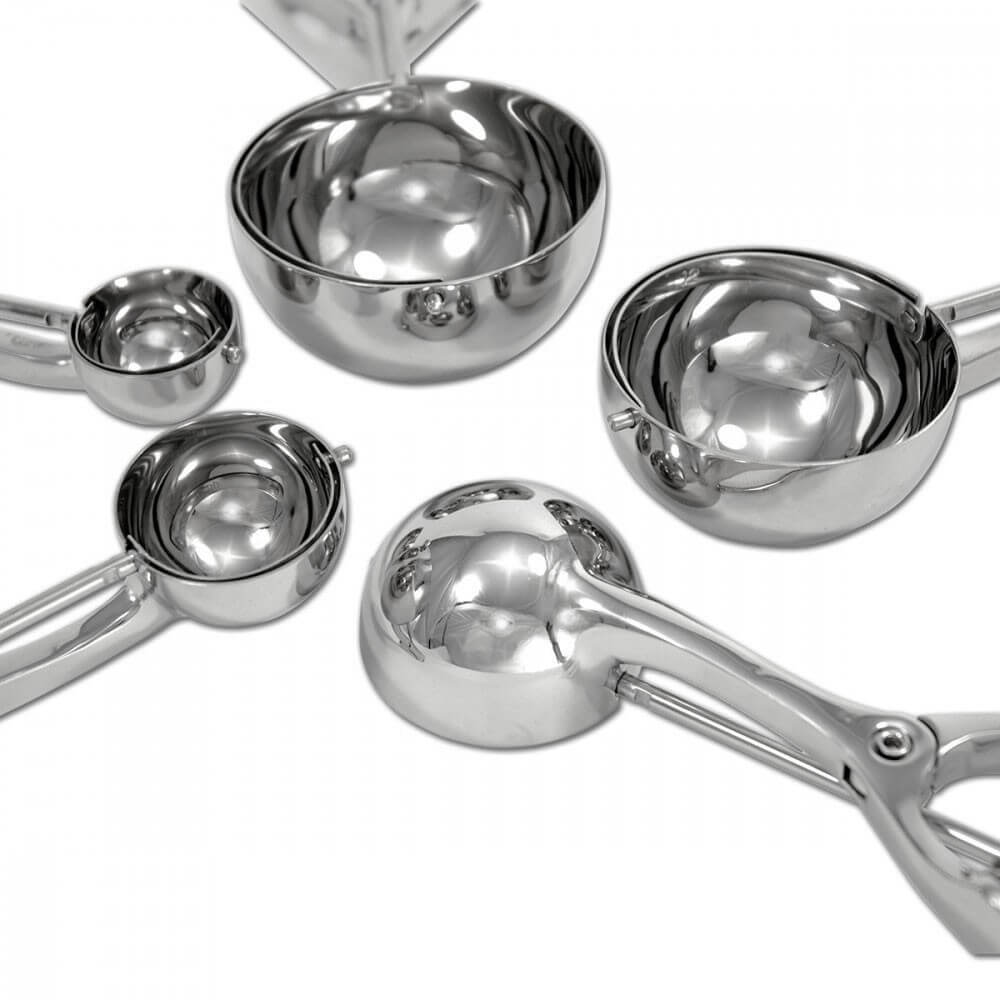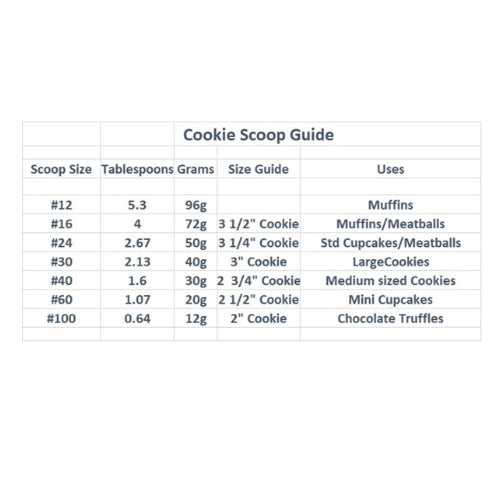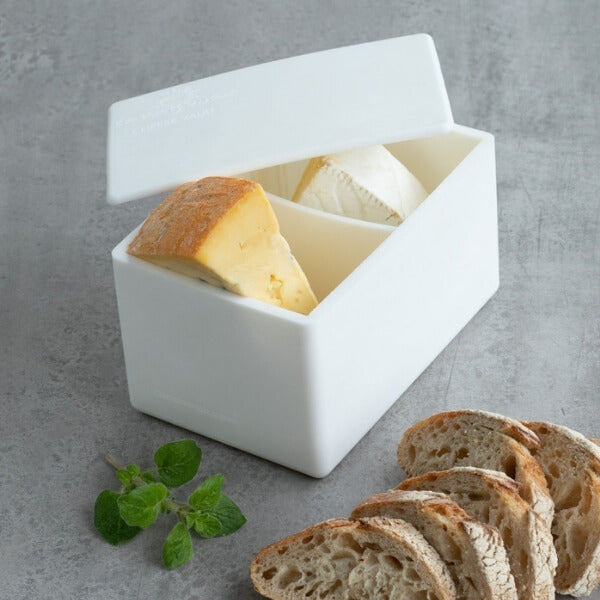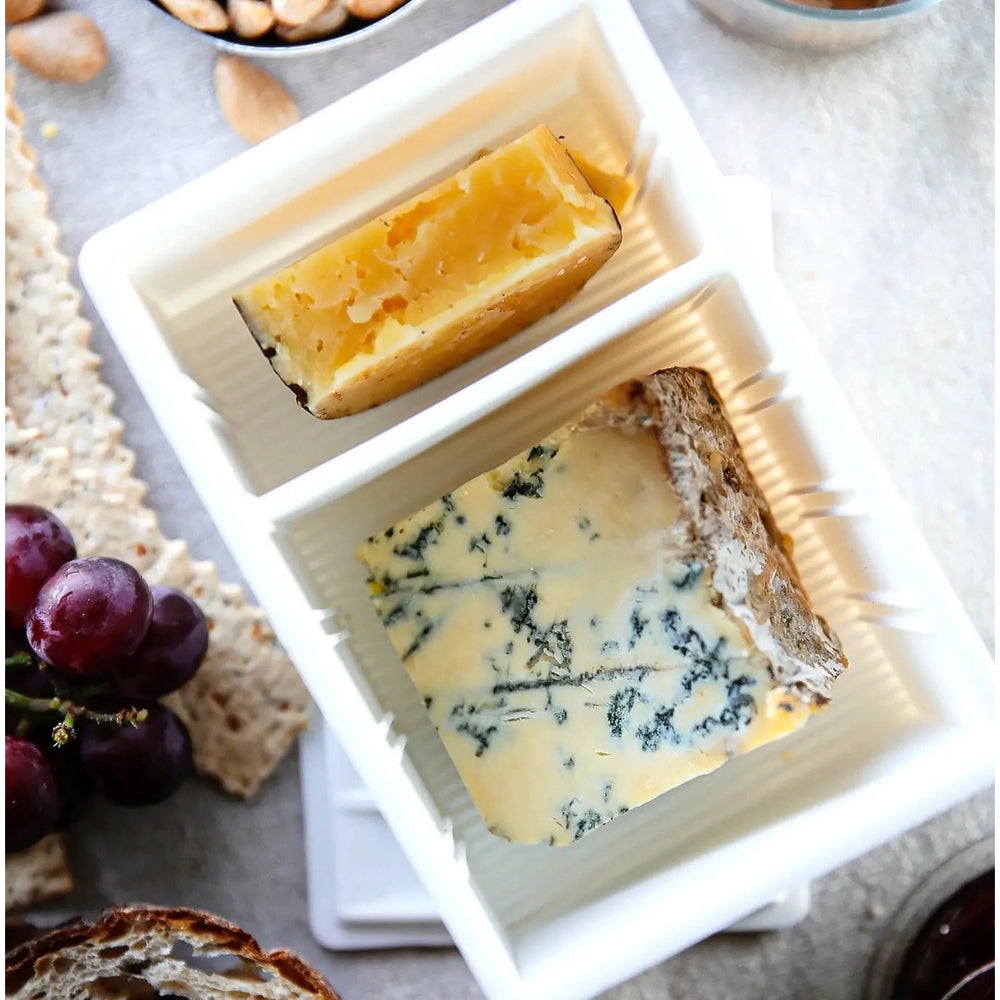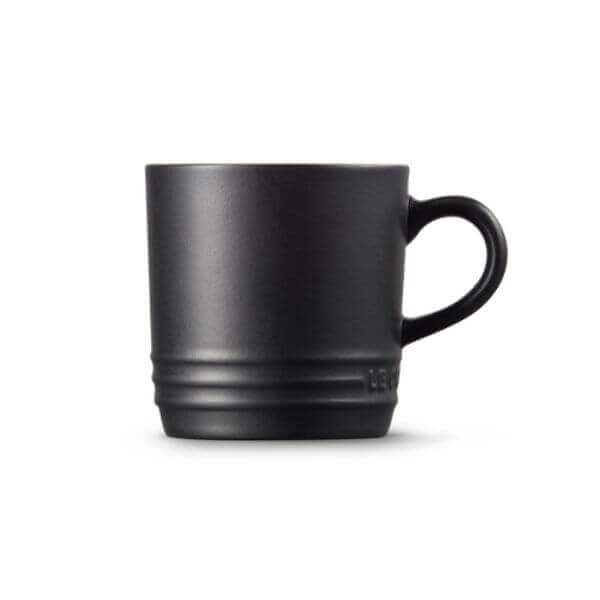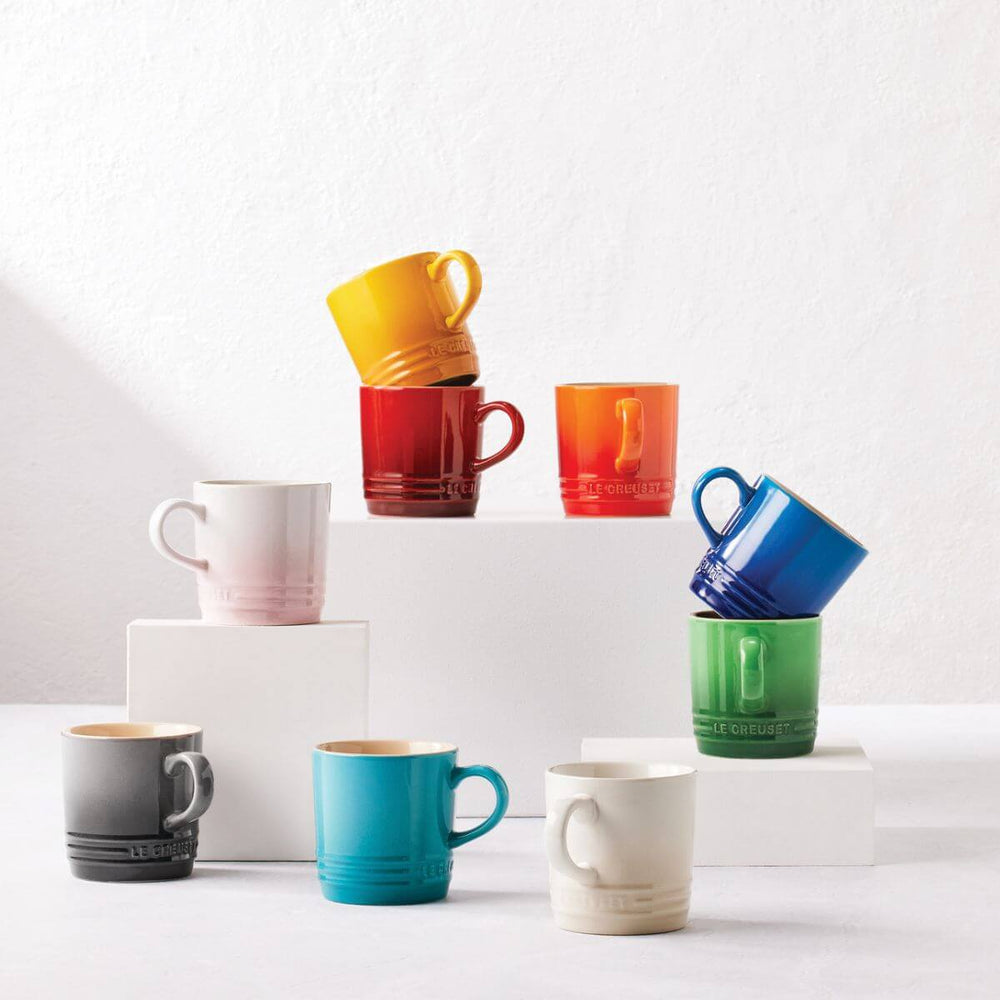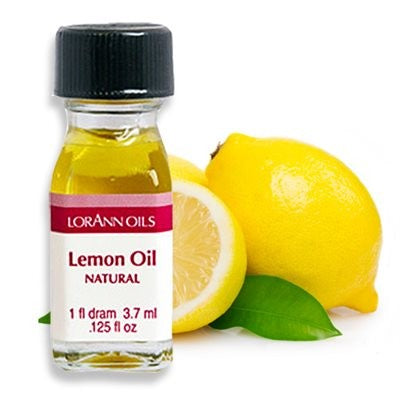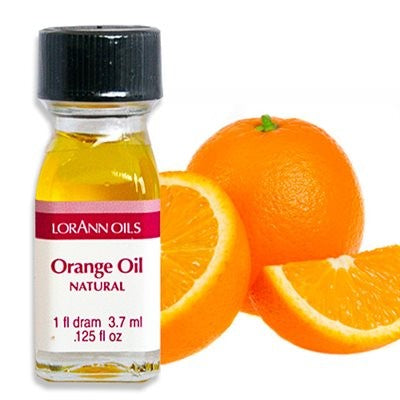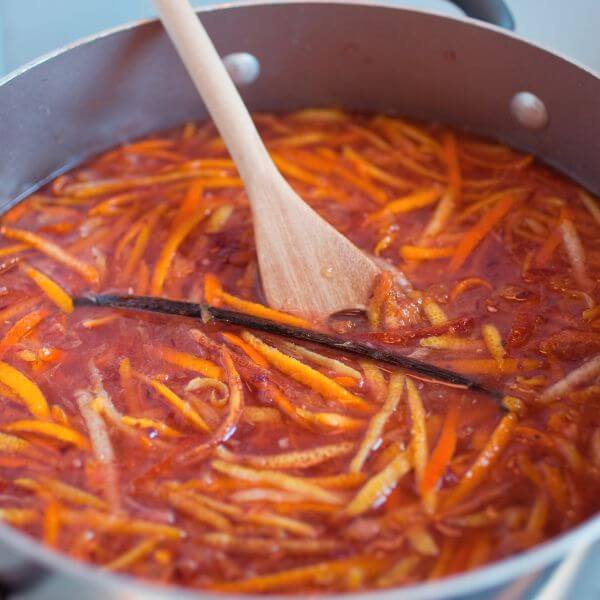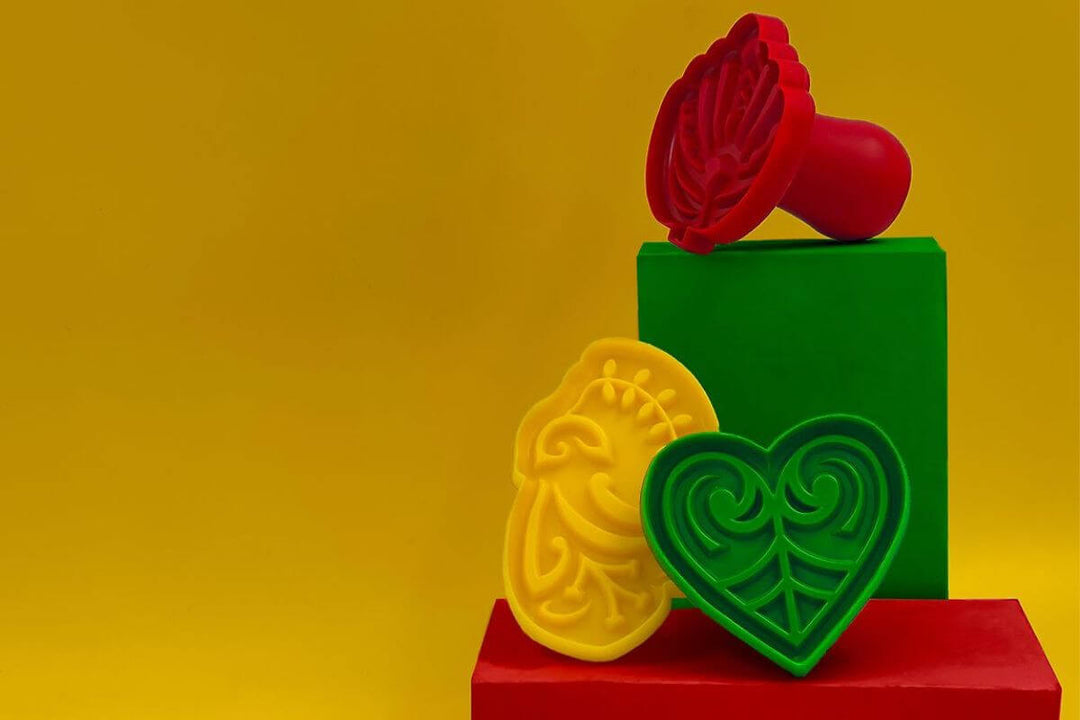Milly's Top Tips for Marmalade
Marmalade is made of only a few simple ingredients: citrus fruit, sugar and water. But the alchemy that goes on in your maslin pan is a result of many variables that must be understood if you want to produce those pots of liquid sunshine

Savour the season? Marmalade is the perfect way to savour citrus fruit through the winter months. Regular juicing oranges, grapefruit, lemons and limes all make wonderful preserves. And, if you can get your hands on them, Seville oranges make the best marmalade as their sharp, bitter juice combines with the sugar to make a perfectly balanced, sweet but pleasantly bitter preserve. Seek out the best available produce, preferably organic, as you’re including the peel which may have been sprayed with pesticides. A light scrub of the skins in running water before you start will wash away any residual dust and grime.
Freeze your citrus By all means freeze fresh citrus to make marmalade later in the year. But make sure they're not overripe - if you freeze overripe fruit your oranges will become unpleasantly dark when you cook them.
Take your time Always make marmalade when you're in the mood. Don't rush the process - enjoy the ritual.
Keep it Simple A controversial tip but in our opinion marmalade is all about celebrating the flavour of your citrus so let that flavour “sing” and don't try to 'improve' a marmalade by adding 'exotic' ingredients.
Shredded not diced and don’t make the shreds too fine (unless you like them like that). Cut them medium to chunky to give your marmalade texture or shred finely to get marmalade that is more jelly than solids. When slicing your peel, use a very sharp knife – or if your fruit is semi-frozen, a mandoline is ideal. Don’t try to slice fruit that has been frozen hard on a mandoline. Unintended trips to the ER may ensue!
Soften your peel properly One of the most common mistakes people make is not to soften their peel properly (which is also important to release pectin which helps your marmalade to set). Once sugar is added the peel won't soften further, so the best way to make sure it softens is to cook the citrus on their own first - simmer them for around two hours. The following day add the sugar and carry on with your recipe.
Dissolve your sugar then leave it alone After adding sugar to the boiled fruit, stir the mixture over a gentle heat to ensure the sugar is completely dissolved before the mixture starts to boil. Once it's reached a rolling boil try not to stir it again.
Listen to your marmalade and don’t over-cook When the mass of foaming bubbles subsides to a slow relaxed boil, that's when your marmalade should have reached setting point.Remove your pot from the heat every time you test as you risk boiling away the water content, ending up with a dark, over-thick marmalade that's dry and rubbery.
Cool before potting - but not too much Allow your marmalade to cool and relax before potting. This allows the mixture to thicken slightly so that the peel, when potted, remains evenly distributed throughout the jar. However the marmalade should still be above 85ºC to kill any mould spores. Once potted put the lids on as quickly as possible to create a vacuum.
See our collection favourite tools for marmalade making here and our favourite recipe to get your started here.


